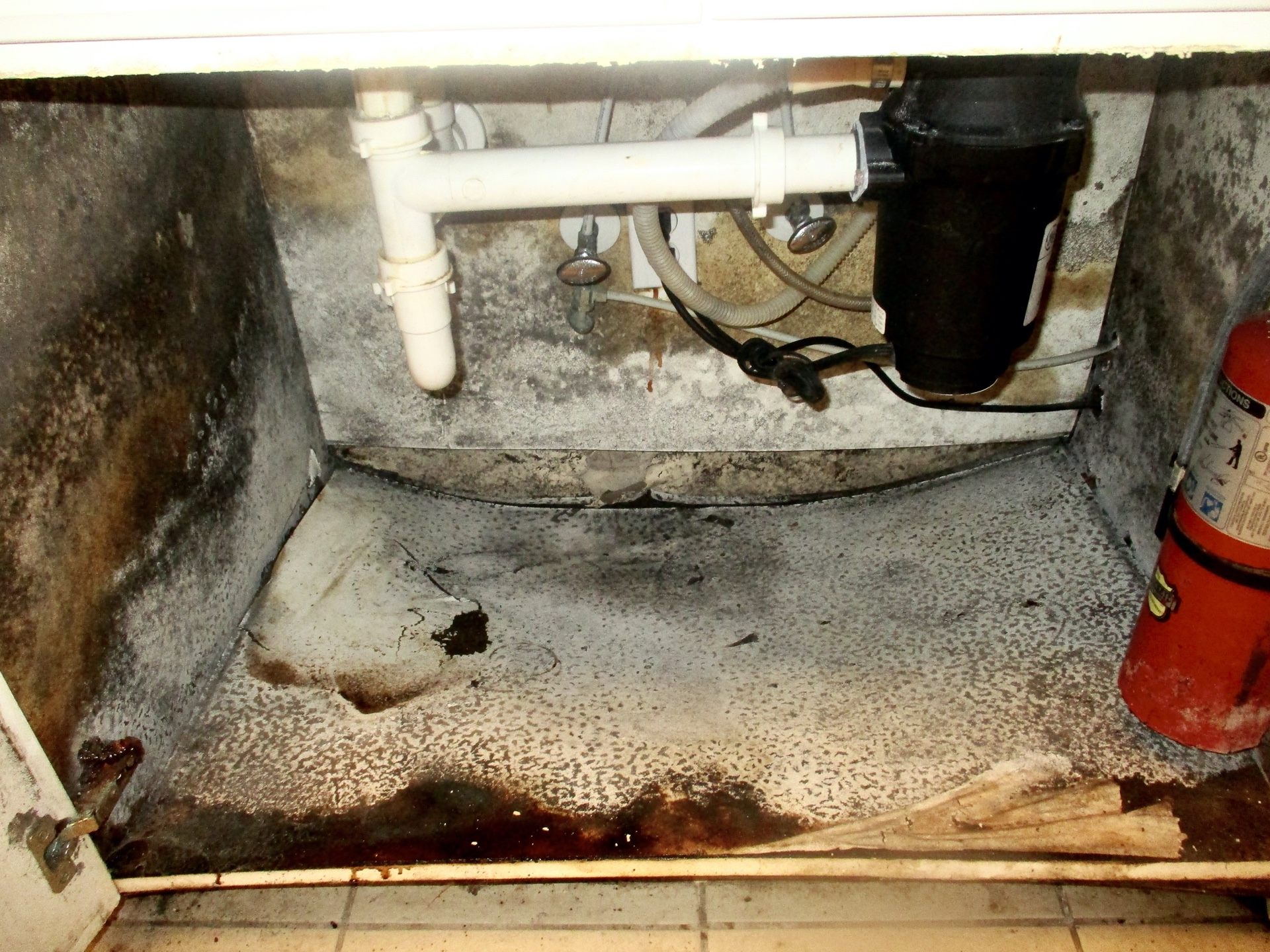
How to Remove Mold Under Kitchen Sink: A Comprehensive Guide
Dealing with mold under your kitchen sink can be a daunting task. Not only is it unsightly, but it can also pose health risks. But fear not! In this comprehensive guide, we’ll walk you through the process of removing mold under your kitchen sink safely and effectively or how to remove mold under kitchen sink.
1. Understanding the Mold Problem
Before we dive into the removal process, let’s first understand the mold problem. Mold can take on various forms, including:
- Mold under sink
- Black mold under sink
- Kitchen sink mold
- Mold under bathroom sink
Mold thrives in moist environments, making the area under your sink a prime breeding ground. It can also lead to structural damage and health issues, making it crucial to address them promptly.
2. Assessing the Severity
The next step is to assess the severity of the mold infestation. Key considerations include:
- How to get rid of mold under sink
- Is mold in sink drain dangerous?
- Mold under kitchen sink particle board
- Is black mold under sink dangerous?
Determining the extent of the problem will guide your removal approach.
3. Safety Precautions
Safety should be a top priority when dealing with mold. Use proper protective gear, such as gloves, a mask, and eye protection, to prevent exposure to mold spores. Ensure the area is well-ventilated.
4. Gathering Supplies
To effectively remove mold under the kitchen sink, you’ll need specific supplies, including:
- Mold removal products
- Cleaning tools (brushes, scrubbers)
- Plastic bags for disposal
- Protective gear
5. Removing the Mold
Now, let’s get down to the removal process:
- Start by removing items stored under the sink.
- Scrub the affected area using a mold removal product.
- Pay special attention to black mold under the sink.
- Rinse and dry thoroughly.
6. Preventing Future Mold Growth
Preventing mold from returning is crucial. Consider these measures:
- Fix any leaks under the sink.
- Use a dehumidifier to reduce moisture.
- Regularly inspect for mold.
7. Addressing Water Damage
Water damage under kitchen sink mold is a common issue. If you suspect water damage, follow these steps:
- Identify and fix the source of the leak.
- Remove any wet or damaged materials.
- Allow the area to dry thoroughly.
Frequently Asked Questions
Q: What causes mold under the sink?
A: Mold under the sink is typically caused by moisture accumulation, often due to leaks or inadequate ventilation. It thrives in damp environments.
Q: Is black mold under the sink more dangerous than other molds?
A: Black mold is often considered more harmful due to potential mycotoxin production. However, any mold should be treated seriously and removed promptly.
Q: Can mold under the sink affect my health?
A: Yes, exposure to mold can lead to health issues, including respiratory problems, allergies, and skin irritation. It’s important to remove it to maintain a healthy environment.
Q: How can I identify mold under the sink?
A: Mold under the sink is often visible as black or greenish patches. It may have a musty odor. Inspect the area for any signs of mold growth.
Q: What’s the best way to remove mold under the sink?
A: To remove mold under the sink, use mold removal products, scrub the affected area, and ensure it’s thoroughly dry. Take proper safety precautions during the process.
Q: Can mold under the sink lead to structural damage?
A: Yes, mold can damage the materials under the sink, such as wood and particle board. Addressing it promptly can prevent structural issues.
Q: How often should I inspect for mold under the sink?
A: Regular inspections are crucial, especially if you’ve had mold issues before. Check for mold growth at least once every few months.
Q: Are there natural remedies for removing mold under the sink?
A: While natural remedies like vinegar and baking soda may help, they are not always as effective as commercial mold removal products. Consider using these remedies for preventive maintenance.
Q: Can mold under the sink spread to other parts of the house?
A: Yes, mold spores can travel through the air and potentially affect other areas. It’s essential to contain and remove the mold under the sink to prevent further contamination.
Q: What should I do if I discover mold on pipes under the sink?
A: Address it promptly by turning off the water supply, cleaning the pipes with mold removal products, and fixing any leaks contributing to the mold growth.
These FAQs should provide valuable information for those dealing with mold issues under their kitchen sink. Remember to prioritize safety and thorough cleaning when addressing mold problems
Conclusion
Removing mold under your kitchen sink is necessary to ensure a safe and healthy environment. Following these steps and precautions can effectively address the issue and prevent its return. Remember to prioritize safety and thorough cleaning for the best results.